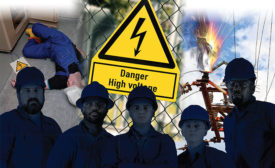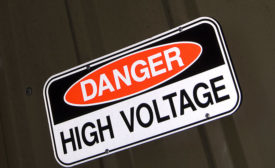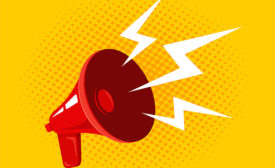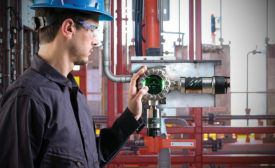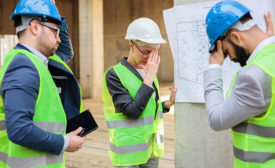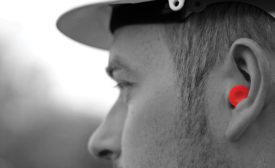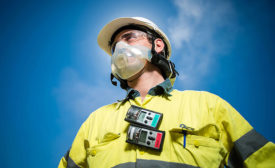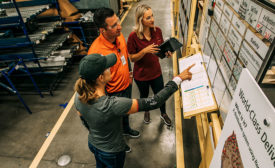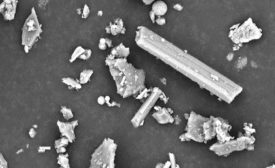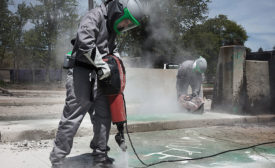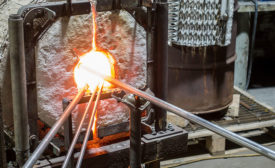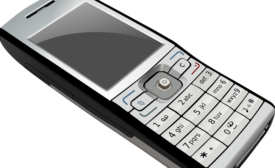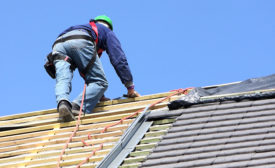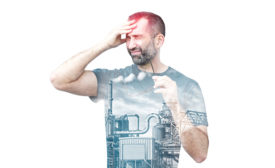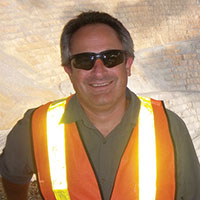Home » Publications » ISHN Magazine
ISHN Magazine
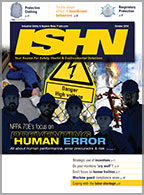
2019 October
Cover
Back to TopAll about human performance, error precursors & risk
Read More
Features
Back to TopOn human performance & culture
Don’t focus on frailties; don’t mandate culture
October 1, 2019
Machine guarding: Compliance problems continue
OSHA’s standard is frequently violated
September 30, 2019
Strategies to train & outfit inexperienced workers
Coping with the labor shortage
October 1, 2019
If left unmaintained, combustion systems can be catastrophic
Hidden in plain sight…
October 1, 2019
Online Features
Back to TopDigital Edition Exclusive
For Your Health & Wellness: Catching a quick nap is smart business
October 2, 2019
Digital Edition Exclusive
Brutal ragweed season ahead? Blame extreme weather
October 2, 2019
Digital Edition Exclusive
For Your Health & Wellness: Do cell phones pose a health hazard?
October 2, 2019
Digital Edition Exclusive
A Personal Story of Human Errors
Remember: You can’t change the human condition
October 2, 2019
Columns
Back to TopEditor's Note
OSHA – the good, the bad, the future
“Our Savior Has Arrived” once said safety pros. That was long ago.
October 1, 2019
Best Practices
Know where your knowledge gaps are
Essentials: ACGIH® TLVs® and BEIs® booklet
October 1, 2019
Training Strategies
Smart Rewards: Be strategic about your use of safety incentives
October 1, 2019
Closing Time
What happens in the boardroom affects the front line
Behaviors interlock all down the line
October 1, 2019
Become a Leader in Safety Culture
Build your knowledge with ISHN, covering key safety, health and industrial hygiene news, products, and trends.
JOIN TODAYCopyright ©2025. All Rights Reserved BNP Media.
Design, CMS, Hosting & Web Development :: ePublishing
